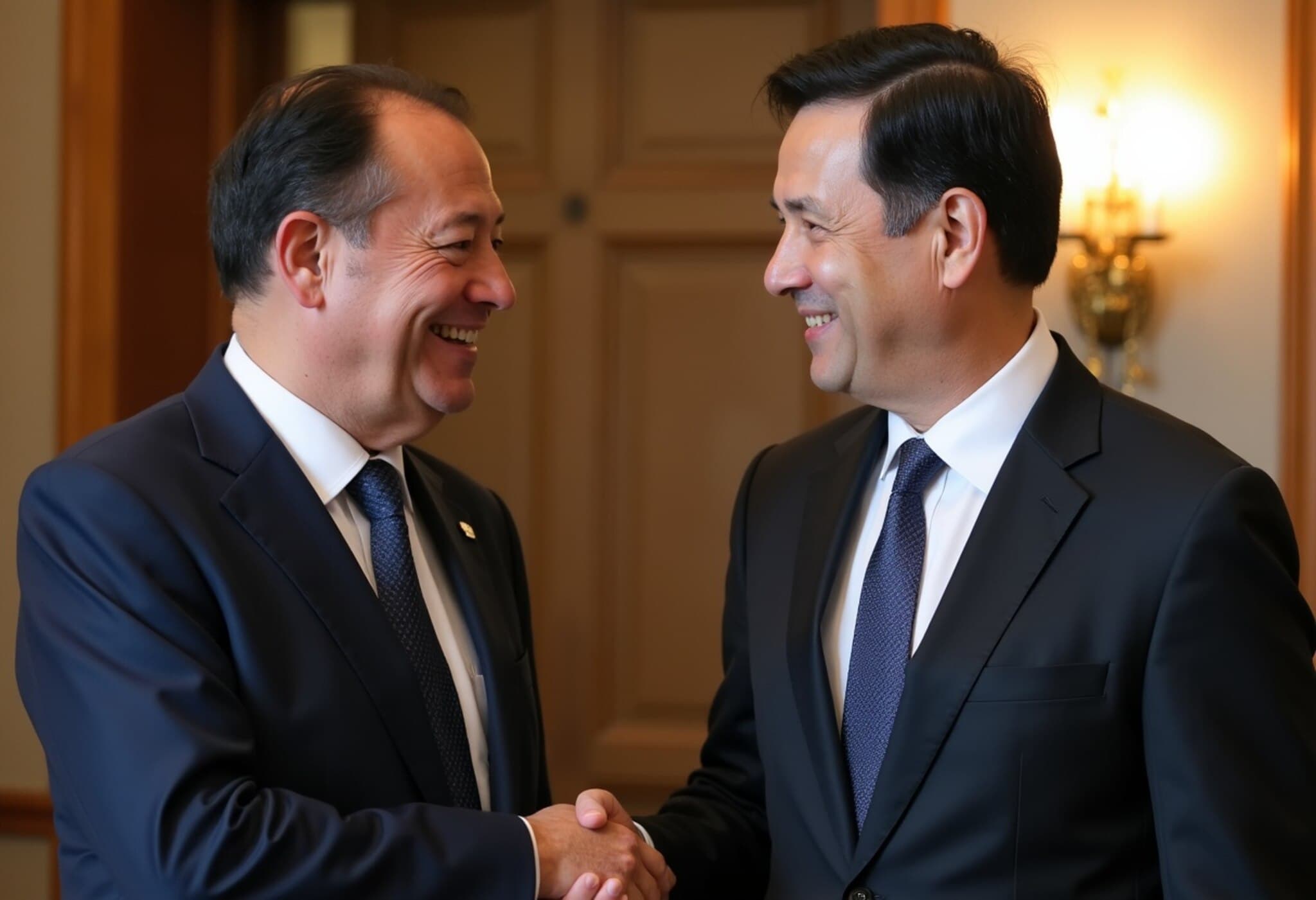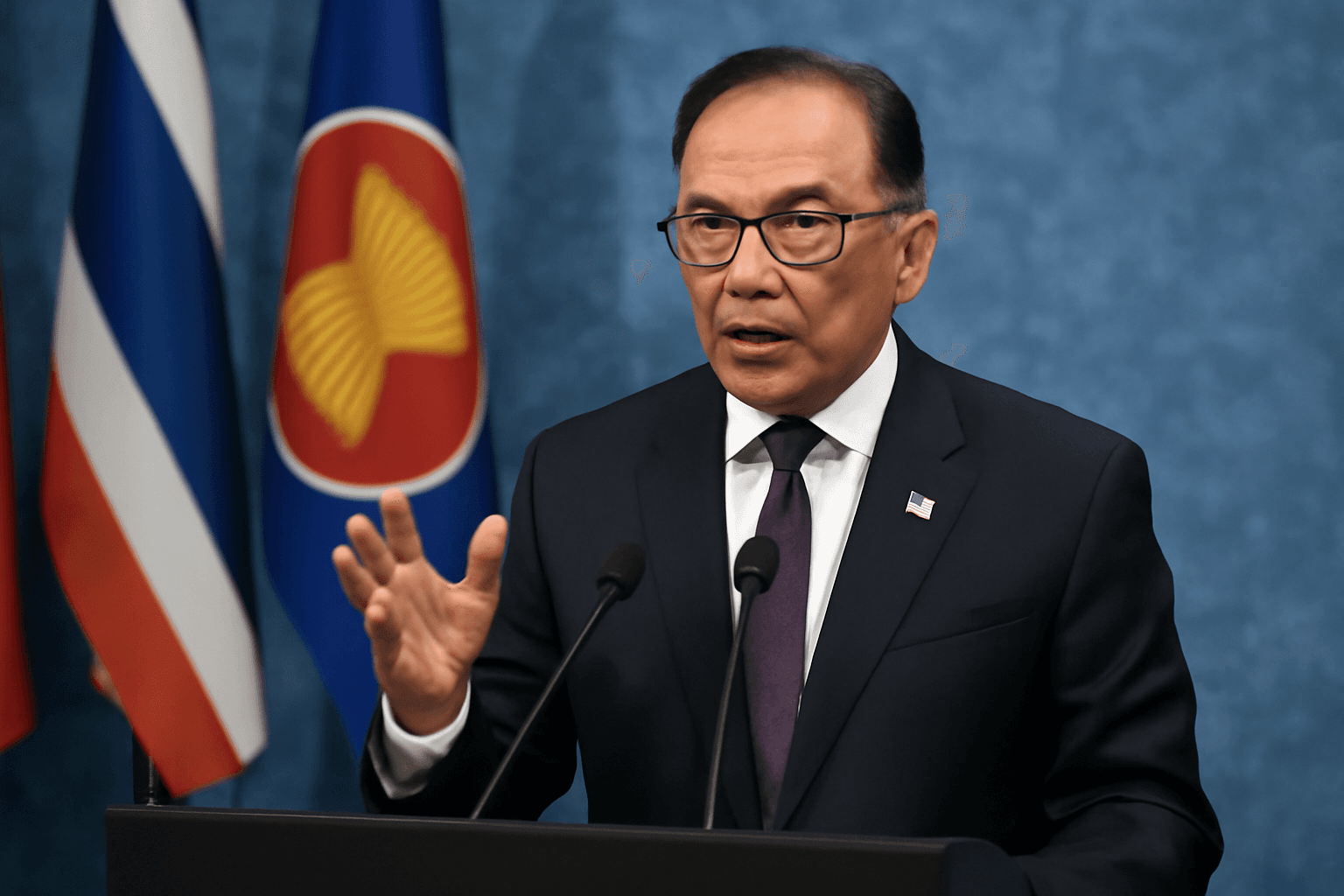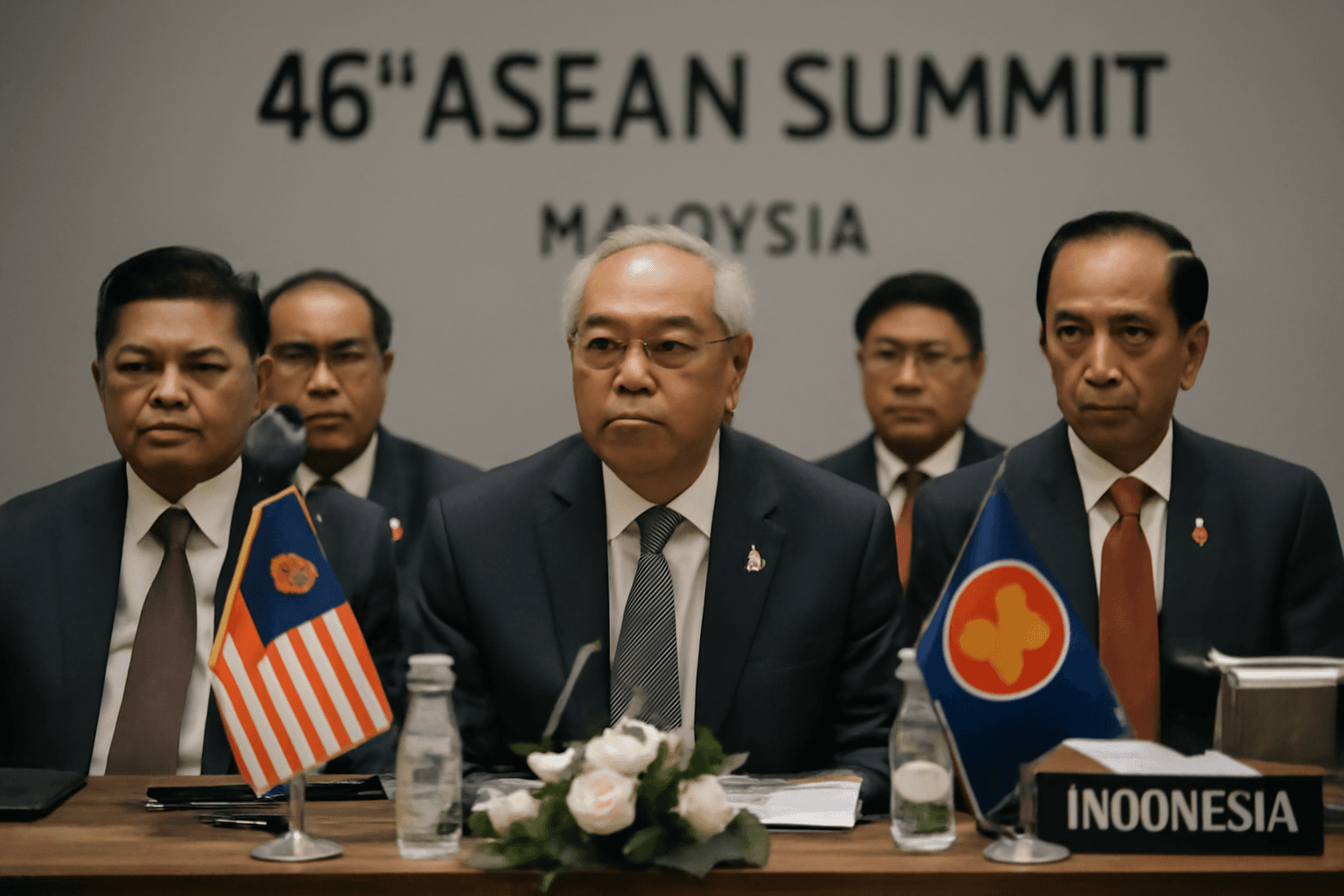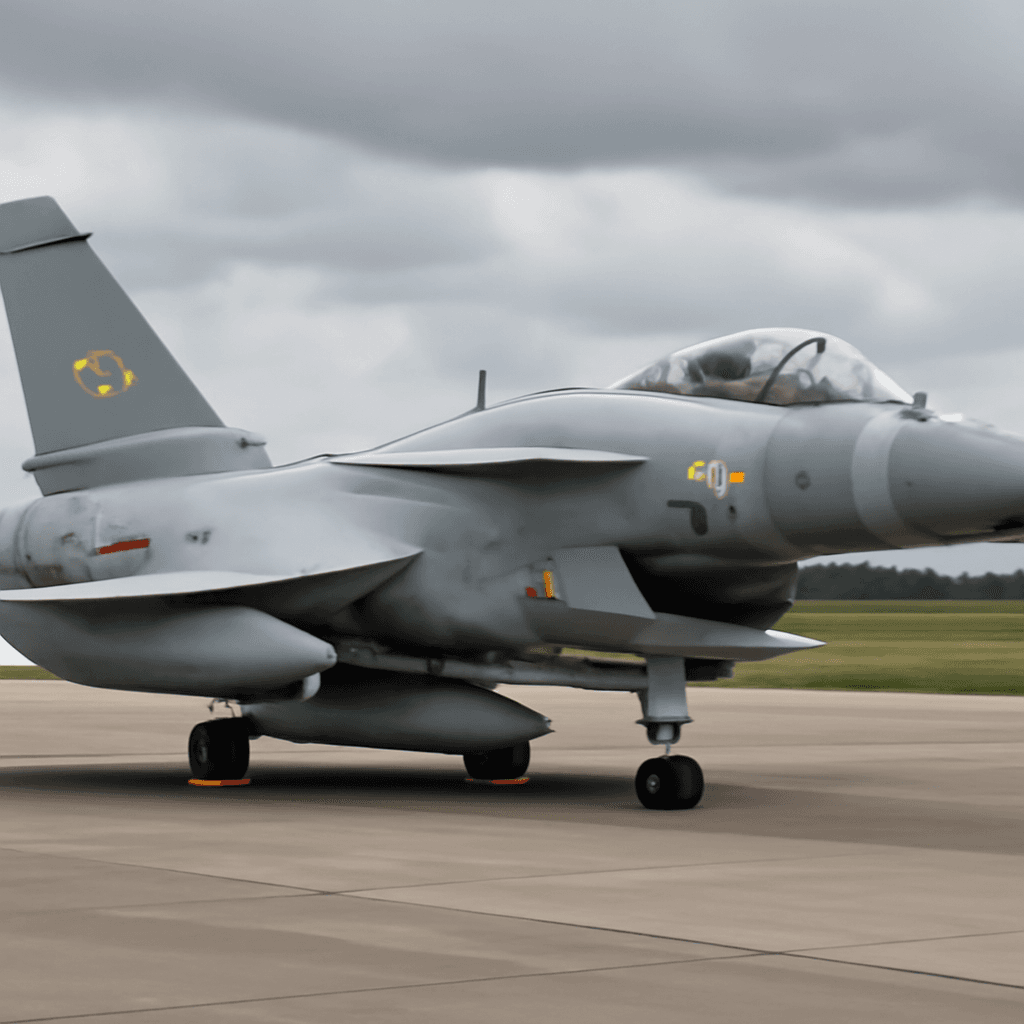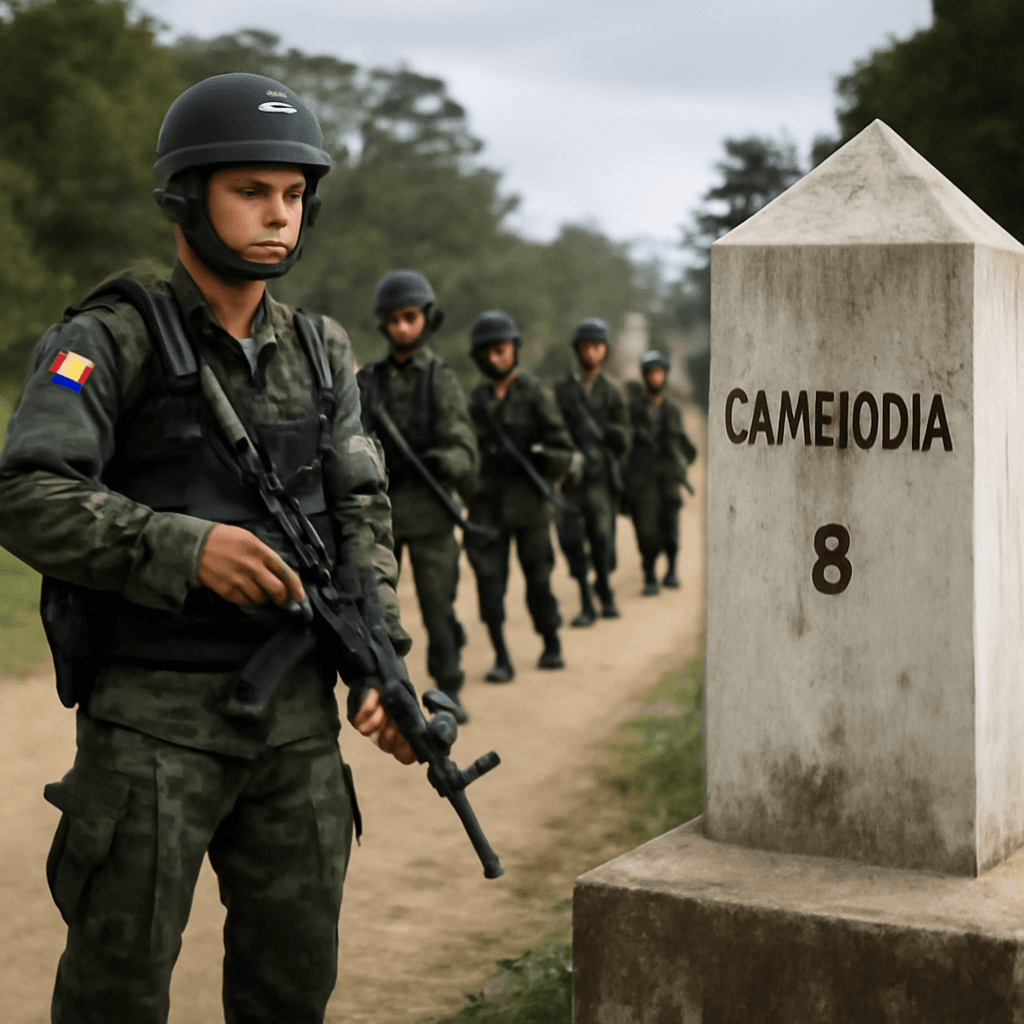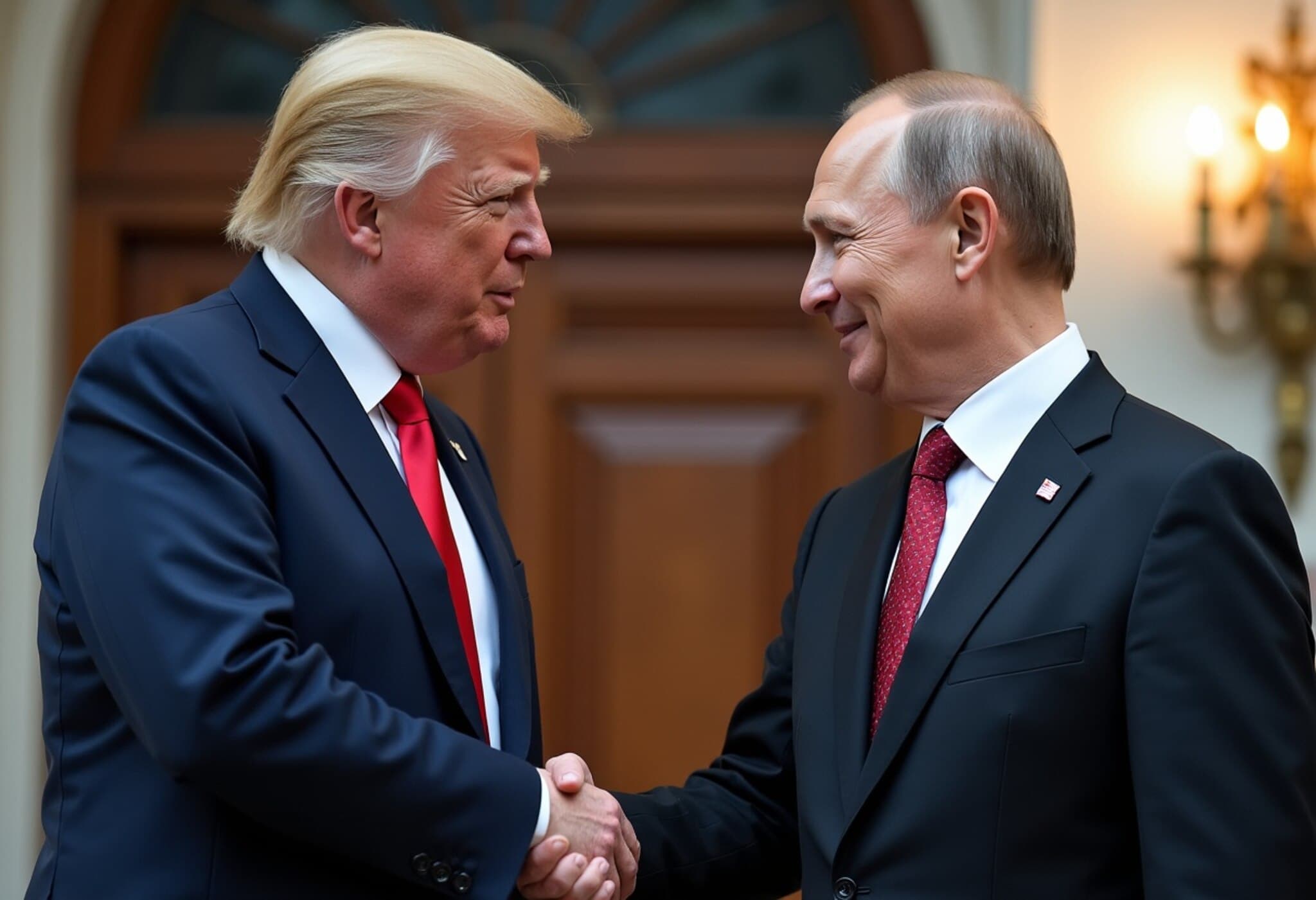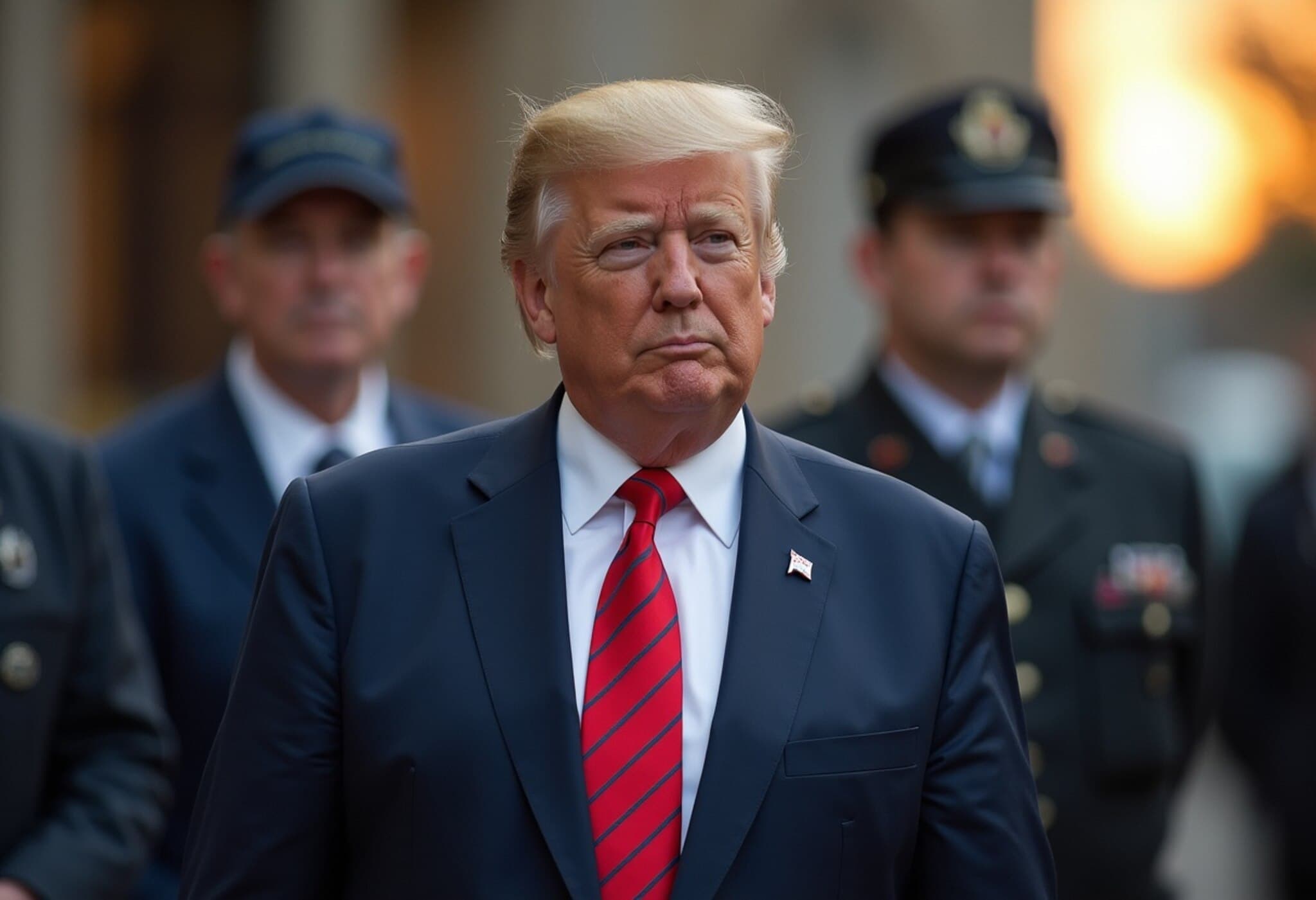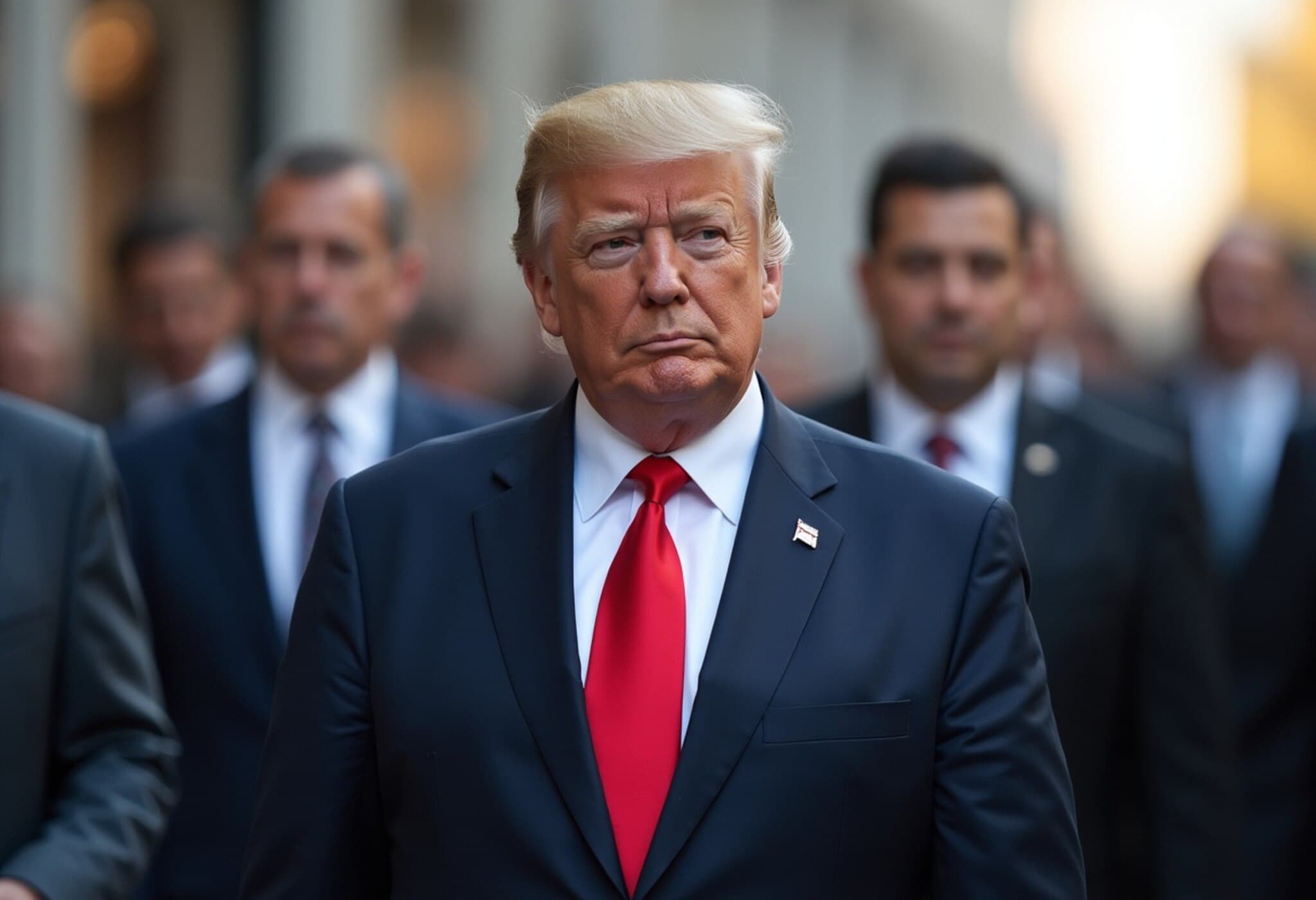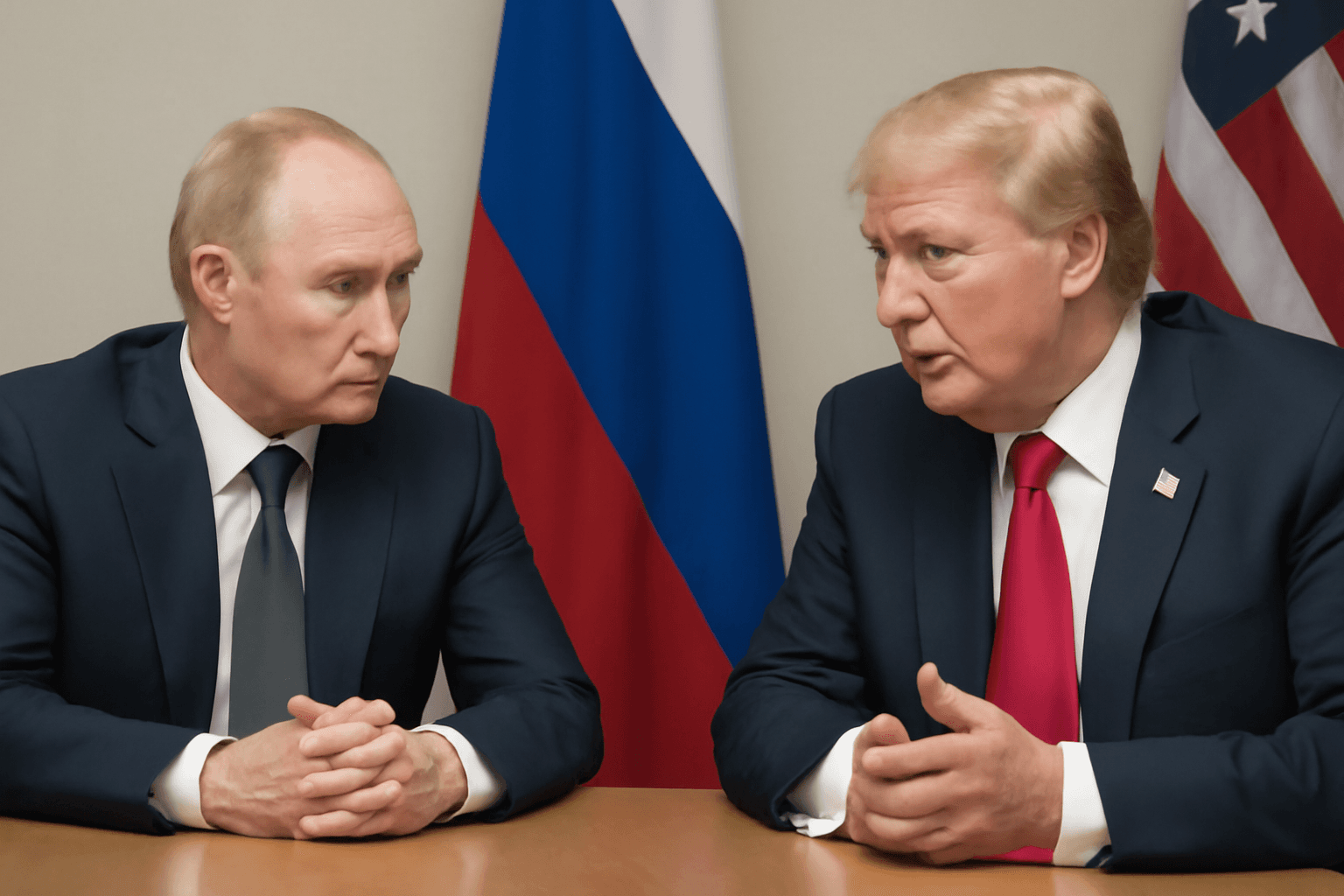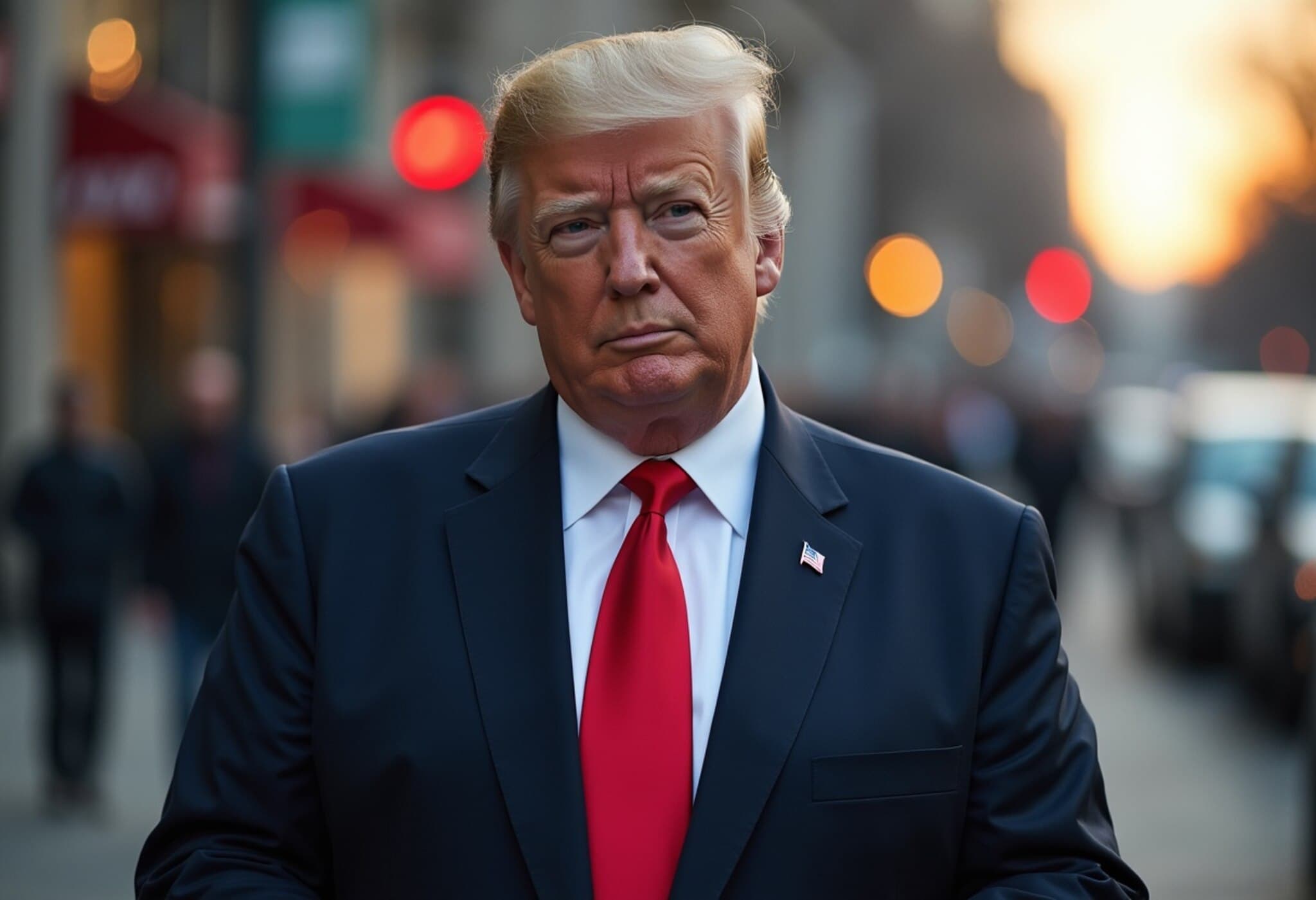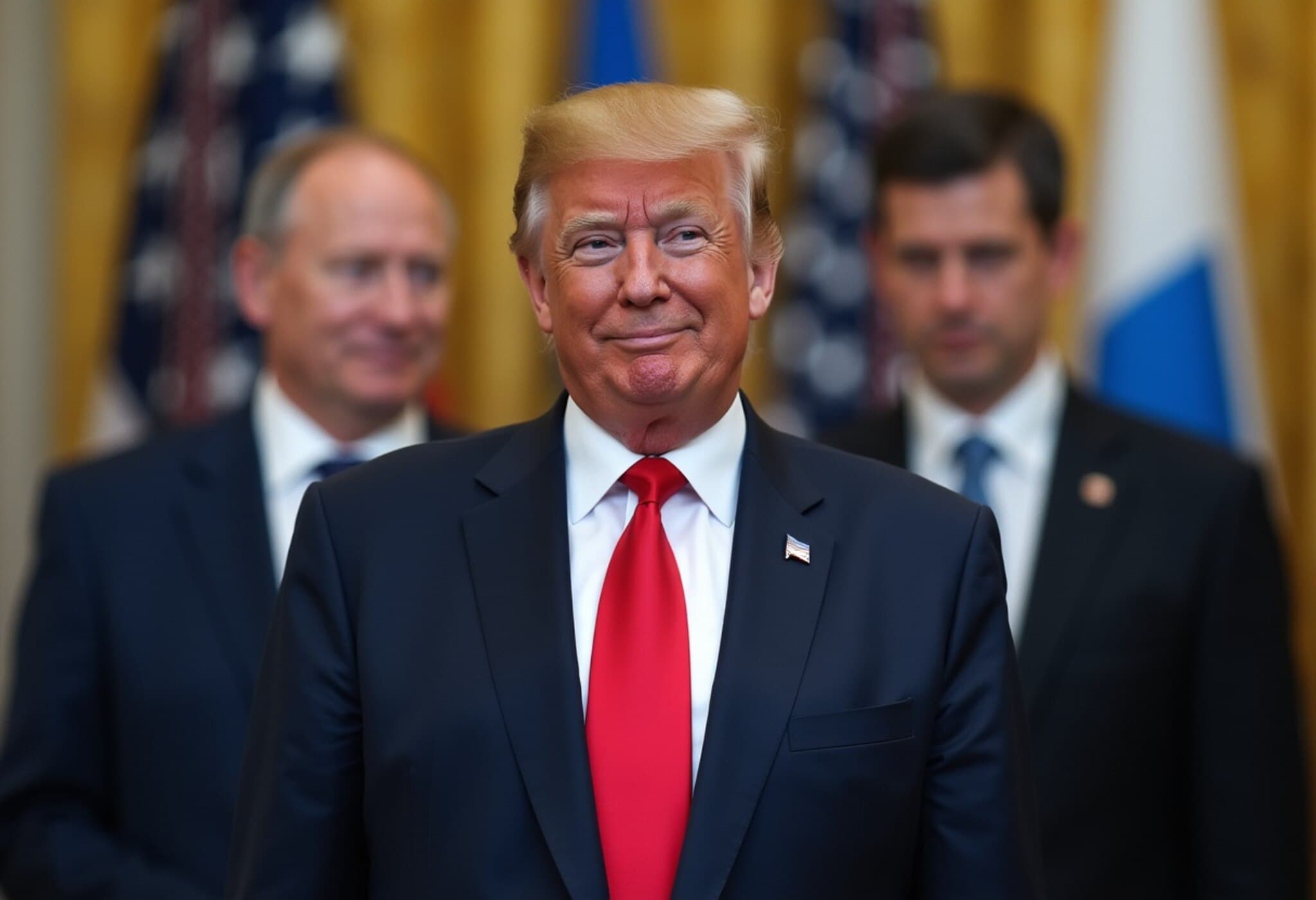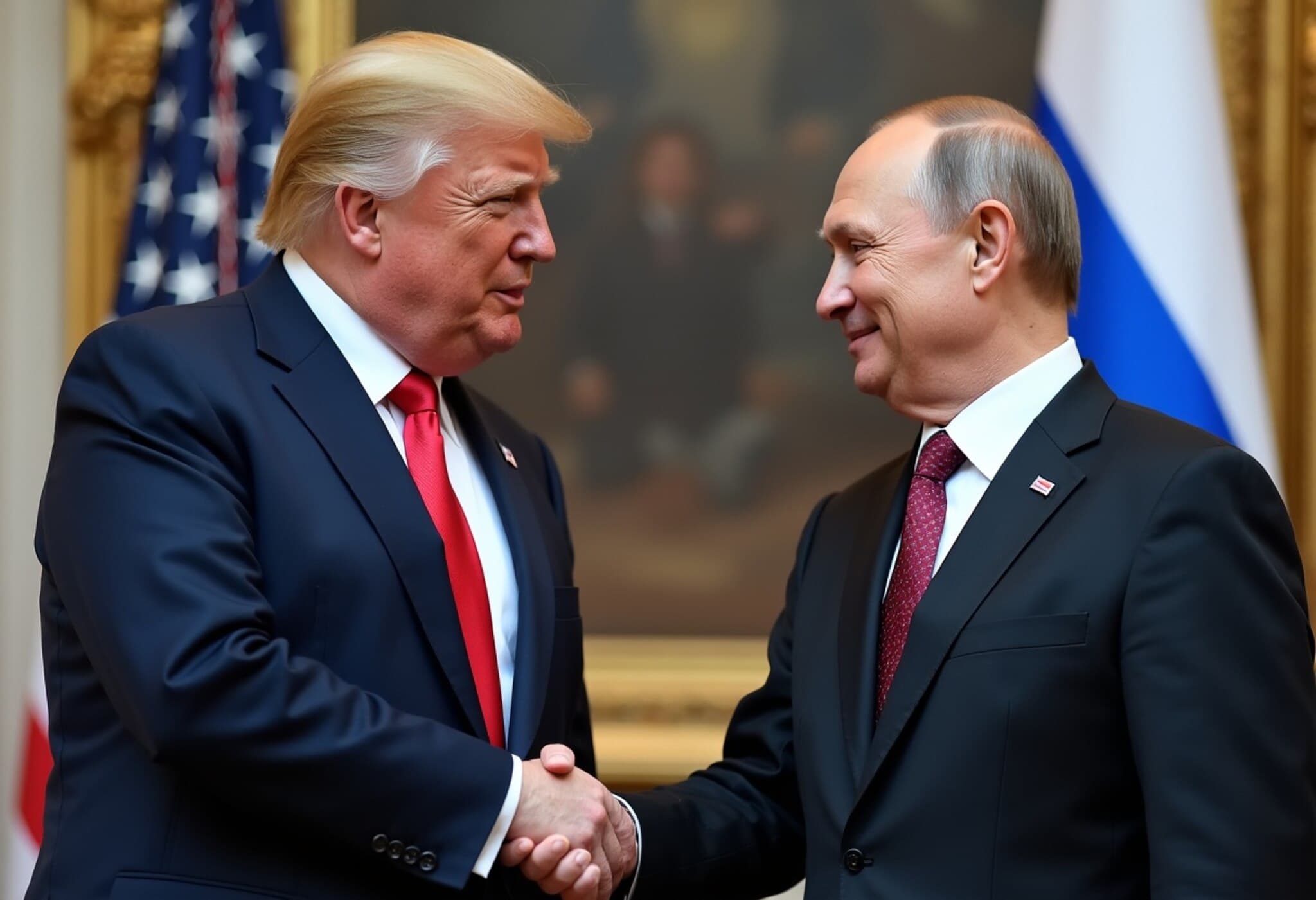US Secretary of State Marco Rubio Meets Russian Foreign Minister Sergey Lavrov amid Heightened Ukraine Conflict
In a climate charged with geopolitical tension, US Secretary of State Marco Rubio and Russian Foreign Minister Sergey Lavrov convened in Kuala Lumpur on July 10, 2025, coinciding with the annual Association of Southeast Asian Nations (ASEAN) Regional Forum. This high-stakes encounter unfolds against the backdrop of intensified Russian air strikes in Ukraine and the recent resumption by the US of defensive weapons shipments to Kyiv following a brief Pentagon review of munitions inventories.
The Diplomatic Landscape: A Delicate Balancing Act
The dialogue between Rubio and Lavrov occurs as global scrutiny sharpens on Russia's commitment—or lack thereof—to peace negotiations. US President Donald Trump, expressing frustration over the devastating human toll of the conflict, reversed his administration's pause on arms deliveries, stating, "Putin is not treating human beings right," underscoring the humanitarian imperative driving US policy.
However, beyond the Ukraine spotlight, Rubio's diplomatic mission intersects with thornier regional concerns. His presence at the ASEAN summit is as much about countering China’s growing regional ambitions as it is about fostering security partnerships throughout the Indo-Pacific—a region the US regards as pivotal to the 21st century’s global narrative.
Tariff Tensions Cast a Shadow Over ASEAN Relations
Yet, Rubio’s agenda is complicated by looming trade disputes. The Trump administration’s threatened imposition of tariffs on eight of ASEAN’s ten member states, with rates ranging from 20% to 40%, risks souring critical partnerships. Countries like Malaysia, Indonesia, Thailand, and the Philippines, heavily reliant on exports of electronics and electrical products, face significant economic setbacks if tariffs take effect as threatened on August 1.
Malaysian Prime Minister Anwar Ibrahim articulated growing regional unease, warning during an ASEAN foreign ministers' meeting that "global trade is being weaponised to coerce weaker nations." He called for ASEAN to bolster internal trade mechanisms and reduce dependence on outside powers, implicitly challenging US tariff policies.
Trade experts like Danny Russel, Vice President at the Asia Society Policy Institute, highlight the irony that while the US stresses the Indo-Pacific as its foreign policy focus, its tariff strategy risks alienating precisely the regional partners vital to balancing China’s influence.
Economic and Strategic Stakes for the Indo-Pacific
- Trade Disruption: Elevated tariffs threaten to destabilize supply chains and economic growth in ASEAN states, leading to potential job losses and heightened economic uncertainty.
- Strategic Alliances: With China’s assertive posture in the South China Sea and continued support for Russia, ASEAN countries must navigate complex diplomatic waters between two superpowers.
- Nuclear Cooperation Prospects: Rubio’s signing of a civilian nuclear energy memorandum with Malaysia signals an expansion of US influence through energy diplomacy, potentially enhancing bilateral ties under strict regulatory frameworks.
Broader Geopolitical Implications
Rubio’s approximately 36-hour visit also brought him face-to-face with Chinese Foreign Minister Wang Yi, a seasoned diplomat fluent in ASEAN protocols and a skilled advocate of China’s regional agenda. Analysts observe that Rubio’s “America First” message might struggle to resonate amidst tariff grievances and skepticism among Asian officials.
Meanwhile, US allegations against China for aiding Russia’s military-industrial complex, renewing its capacity to wage war on Ukraine, add an additional layer of complexity, exacerbating tensions and mistrust.
Expert Perspective: Navigating a Fractured Foreign Policy
From a policy standpoint, the juxtaposition of assertive military support to Ukraine alongside aggressive trade barriers in Asia presents a paradox. It suggests competing priorities within US foreign policy—asserting hard power against geopolitical adversaries, while inadvertently undermining economic partnerships that could provide long-term strategic benefits. Observers question whether a more integrated approach might better serve US interests in managing both conflict and commerce in the Indo-Pacific.
Looking Ahead: What This Means for Global Diplomacy
The outcomes of this meeting—and the broader US approach to Southeast Asia—will ripple across global diplomacy. ASEAN nations find themselves at a crossroads, balancing historic trade ties with the US against a practical need to engage with China. How the US recalibrates its approach amid tariff tensions and regional skepticism could redefine its standing and influence in one of the world’s most dynamic and contested regions.
Editor's Note
This meeting in Kuala Lumpur serves as a microcosm of the wider challenges in US foreign policy today—balancing humanitarian imperatives in Eastern Europe with economic and strategic ambitions in the Indo-Pacific. The fusion of conflicting priorities raises critical questions: Can the US effectively manage these diverse arenas simultaneously without alienating vital partners? How might escalating tariffs impact ASEAN’s unity and its ability to serve as a stable mediator amid great power competition? These are questions policymakers and observers alike will be watching closely in the months to come.

